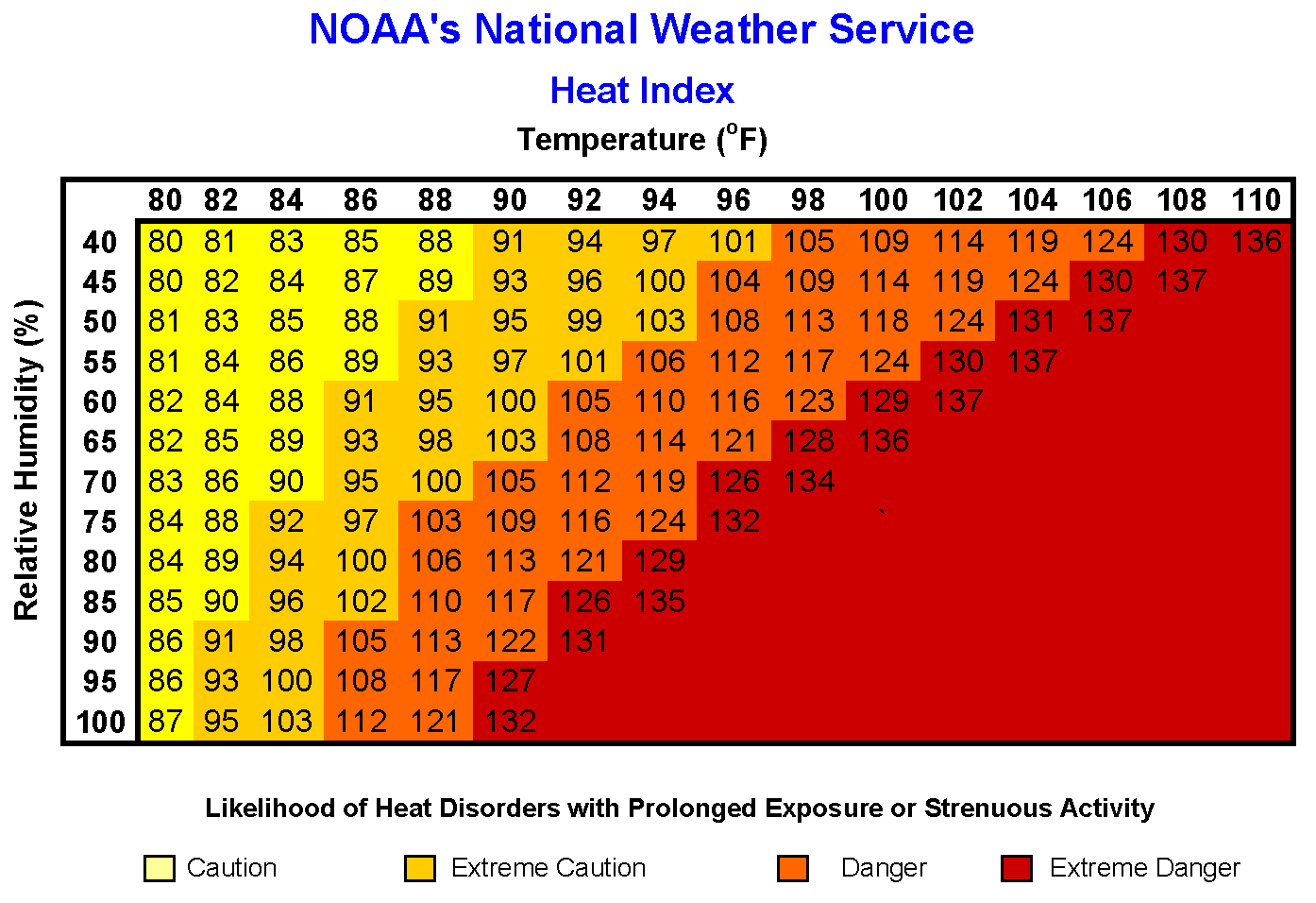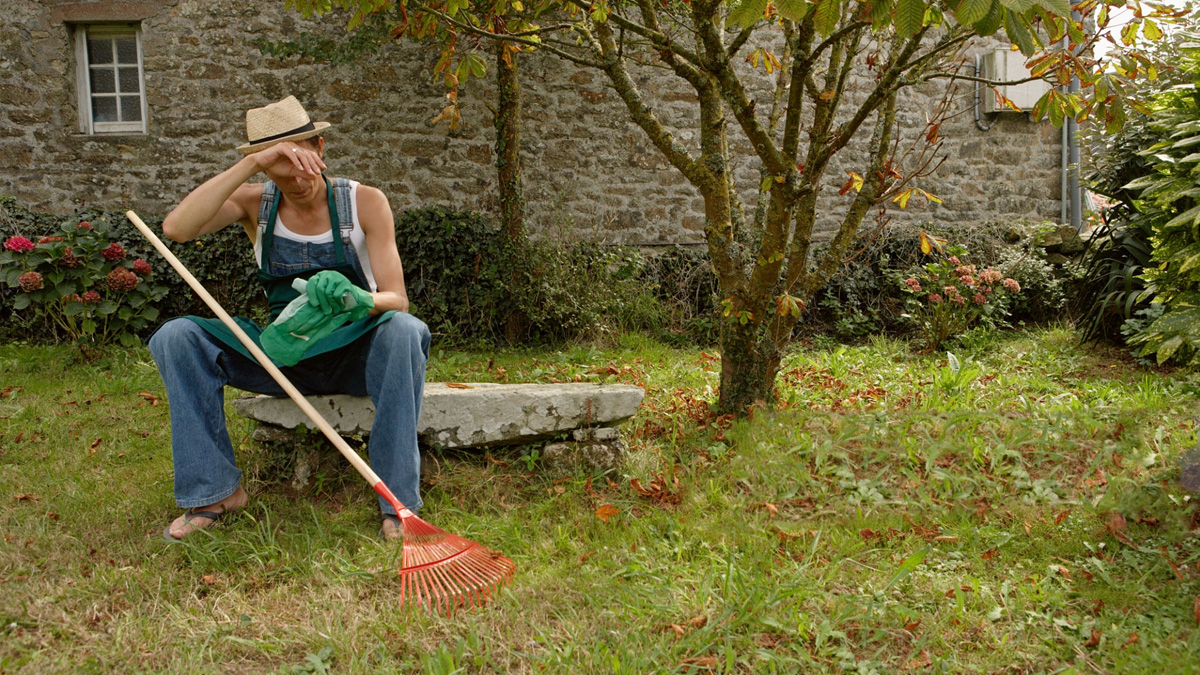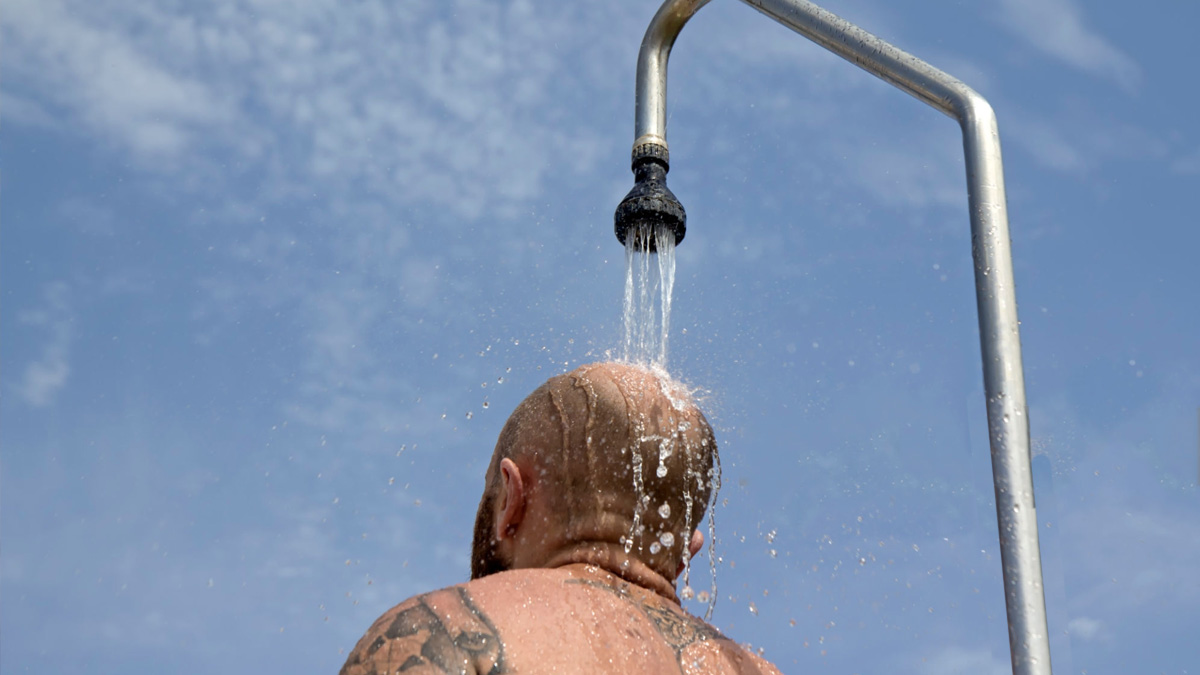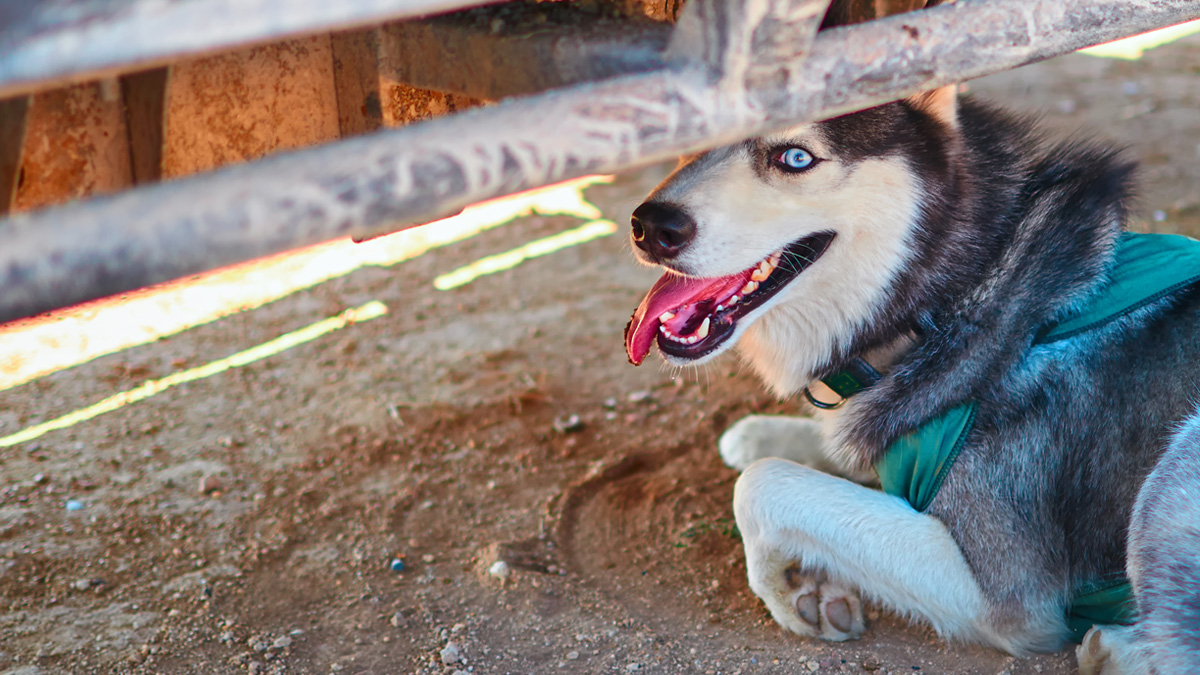on
Heat-related illnesses such as heat exhaustion, heatstroke and cramps happen when your body can’t keep itself cool. As the temperature rises, your body produces sweat to stay cool.
But air temperature isn’t the only factor. Humidity can play a role in how your body cools. The heat index measures the air temperature plus the effects of humidity. If the temperature is 90 degrees, for instance, and the relative humidity is 70%, the air feels as though it’s 106 degrees. A heat index of 90°F or higher calls for extreme caution. High humidity makes it harder for sweat to evaporate from the body. Prolonged exposure to high temperatures increases your risk of heat-related illnesses.

When your body can’t cool, your body temperature rises and you can become ill.
How Your Body Reacts to High Temperatures
There are 3 main reactions a body can have to hot temperatures and heat waves: heat cramps, heat exhaustion and heat stroke.
HEAT CRAMPS
Heat cramps are the mildest form of heat illness and consist of painful muscle cramps and spasms that occur during or after intense exercise and sweating in high heat.
HEAT EXHAUSTION
Heat exhaustion is more severe than heat cramps and results from a loss of water and salt in the body. Heat exhaustion occurs when the body is unable to cool itself properly and occurs in conditions of extreme heat and excessive sweating without adequate fluid and salt replacement. If left untreated, heat exhaustion can progress to heat stroke.
HEAT STROKE
Heat stroke, the most severe form of heat illness, happens when the body’s heat-regulating system is overwhelmed by excessive heat. Heat stroke, also called a sun stroke, is a life-threatening emergency and requires immediate medical attention. Call 911 and try to cool the outside of the body until help arrives.
Risk Factors For Heat Illness
Your health conditions and daily activity can impact your risk of developing heat illness. Risk factors for heat illness include:
- Lack of water consumption
- Use of alcohol
- Caffeine consumption
- Medications
- Physical condition
- Heart, lung, and kidney diseases
- Diabetes
- High blood pressure
- Age (the very young or old). Older adults are more susceptible to heat-related illness
- Being overweight or underweight

Heat Exhaustion or Heat Stroke?
The symptoms of heat exhaustion and heat stroke are similar. Here’s how to tell the difference and what to do for first aid.
HEAT EXHAUSTION SYMPTOMS
- Heavy sweating
- Cold, pale, and clammy skin
- Fast, weak pulse
- Nausea or vomiting
- Muscle cramps
- Tiredness or weakness
- Dizziness
- Headache
- Fainting (passing out)
If you or someone else is experiencing these symptoms:
- Move to a cool place
- Loosen your clothes
- Put cool, wet cloths on your body or take a cool bath
- Sip water
HEAT STROKE SYMPTOMS
- High body temperature
- Hot, red, dry or damp skin
- Fast, strong pulse
- Headache
- Dizziness
- Nausea
- Confusion
- Losing consciousness
If you or someone else is experiencing these symptoms:
- Call 911 immediately.
- Move the person to a cool place.
- Help lower the person’s body temperature with cool cloths or a cool bath.
- Do not give the person anything to drink.

Tips to prevent heat-related illnesses
Wear Appropriate Clothing: Choose lightweight, light-colored, loose-fitting clothing.
Stay Cool Indoors: Stay in an air-conditioned place as much as possible. If your home does not have air conditioning, go to the shopping mall or public library—even a few hours spent in air conditioning can help your body stay cooler when you go back into the heat. Call your local health department to see if there are any heat-relief shelters in your area.
- Keep in mind: Electric fans may provide comfort, but when the temperature is in the high 90s, they will not prevent heat-related illness. Taking a cool shower or bath or moving to an air-conditioned place is a much better way to cool off. Use your stove and oven less to maintain a cooler temperature in your home.
Schedule Outdoor Activities Carefully: Try to limit your outdoor activity to when it’s coolest, like morning and evening hours. Rest often in shady areas so that your body has a chance to recover.
Pace Yourself: Cut down on exercise during the heat. If you’re not accustomed to working or exercising in a hot environment, start slowly and pick up the pace gradually. If exertion in the heat makes your heart pound and leaves you gasping for breath, STOP all activity. Get into a cool area or into the shade, and rest, especially if you become lightheaded, confused, weak, or faint.
Wear Sunscreen: Sunburn affects your body’s ability to cool down and can make you dehydrated. If you must go outdoors, protect yourself from the sun by wearing a wide-brimmed hat, sunglasses, and by putting on sunscreen of SPF 15 or higher 30 minutes prior to going out. Continue to reapply it according to the package directions.
- Look for sunscreens that say “broad spectrum” or “UVA/UVB protection” on their labels- these products work best.
Drink Plenty of Fluids: Drink more fluids, regardless of how active you are. Don’t wait until you’re thirsty to drink.
- Warning: If your doctor limits the amount you drink or has you on water pills, ask how much you should drink while the weather is hot.
- Stay away from very sugary, caffeinated or alcoholic drinks—these actually cause you to lose more body fluid. Also avoid very cold drinks, because they can cause stomach cramps.
Replace Salt and Minerals: Heavy sweating removes salt and minerals from the body that need to be replaced. A sports drink can replace the salt and minerals you lose in sweat.
- If you are on a low-salt diet, have diabetes, high blood pressure, or other chronic conditions, talk with your doctor before drinking a sports beverage or taking salt tablets.
Avoid Hot and Heavy Meals: They add heat to your body!
Eat foods with high water content: Melons, cucumbers, citrus, and other juicy fresh produce are excellent ways of staying hydrated.

Pets can get heat illnesses too!
Symptoms and treatment for heat illnesses are very similar in animals as they are in people. The best treatment of course is prevention. Make sure all of your animals can access shade throughout the day and have abundant cool clean water at all times.
Subscribe for FREE to Continue Reading
Subscribe for FREE to get access to all of our premium content and get an email when new content is added.
The purpose of this blog is to present preparedness ideas for those that are brand new to the idea of being prepared for various disasters. We will also provide information for experienced ‘preppers’.
Get access to premium content and more!





